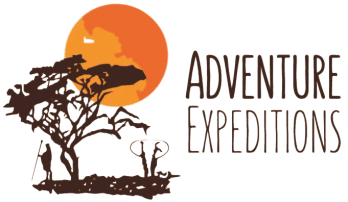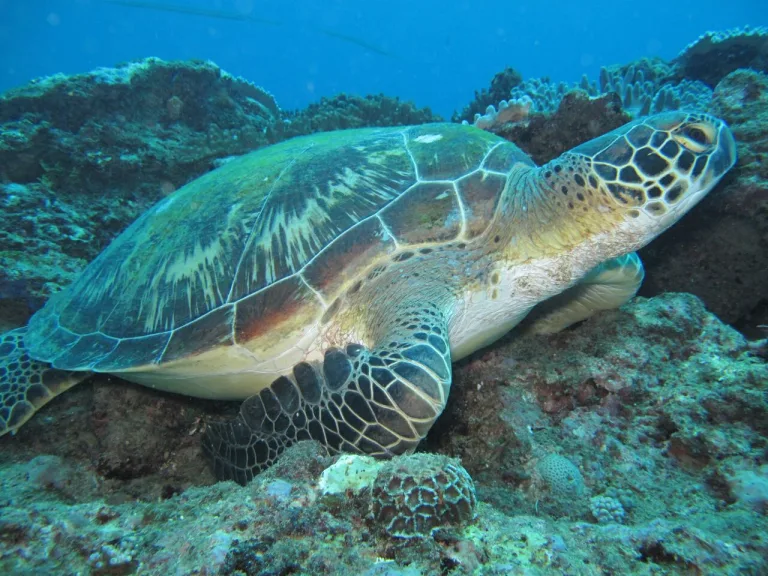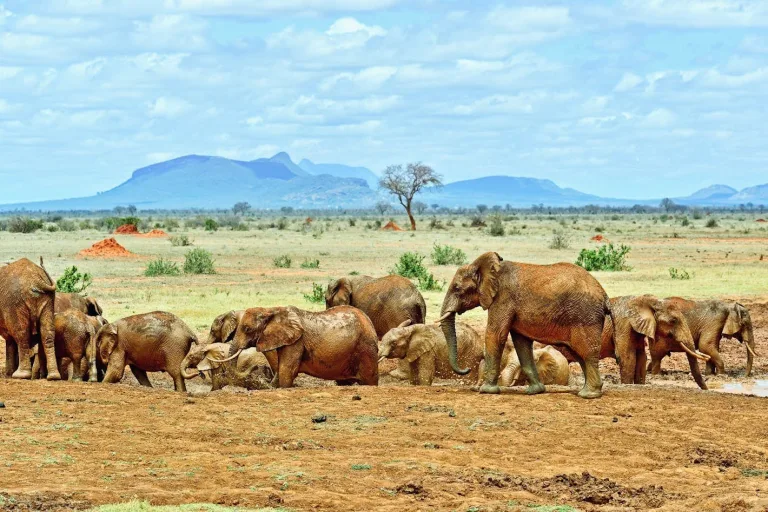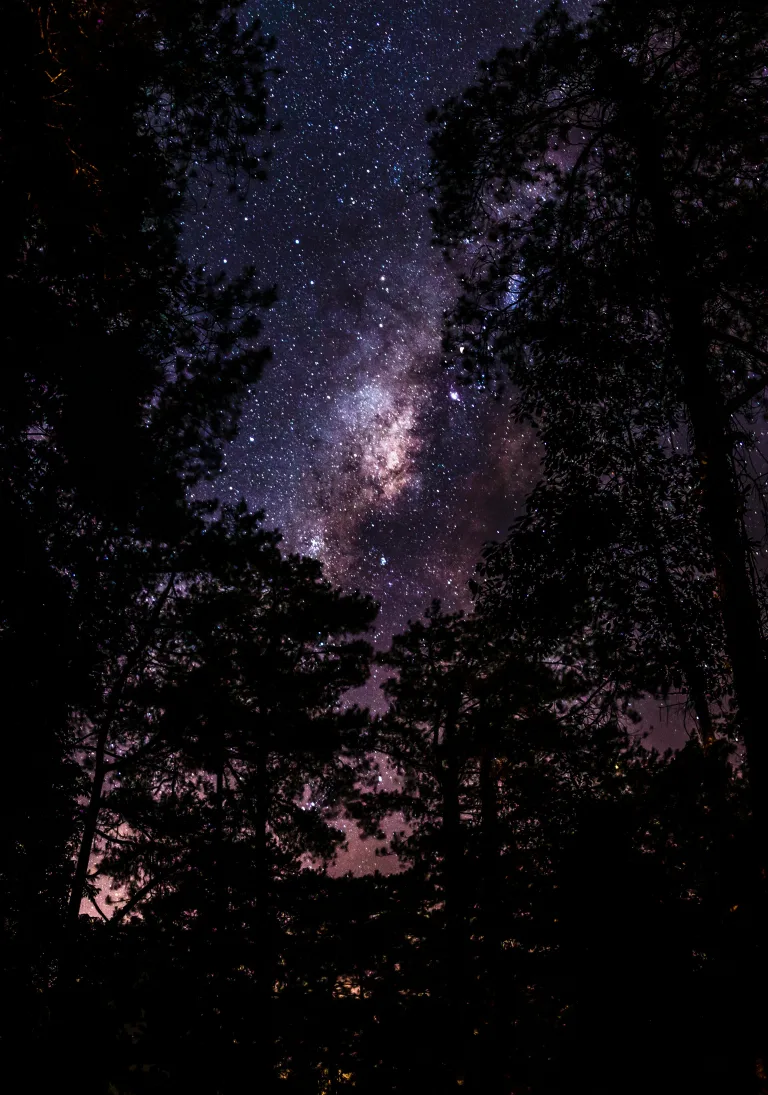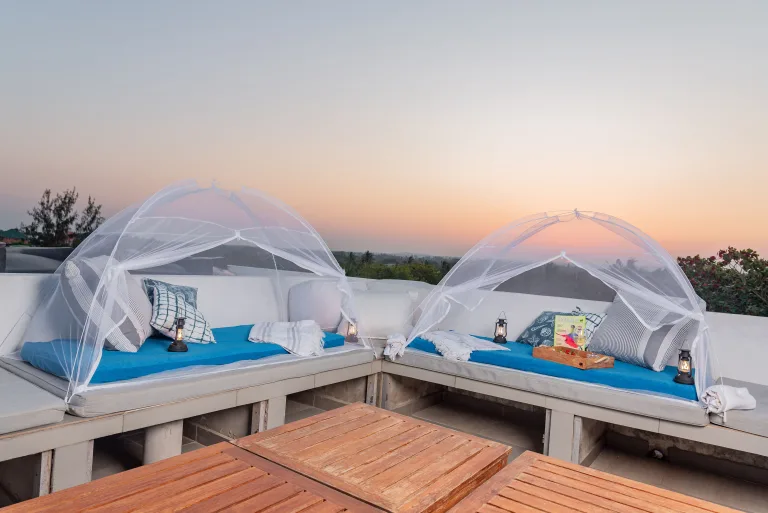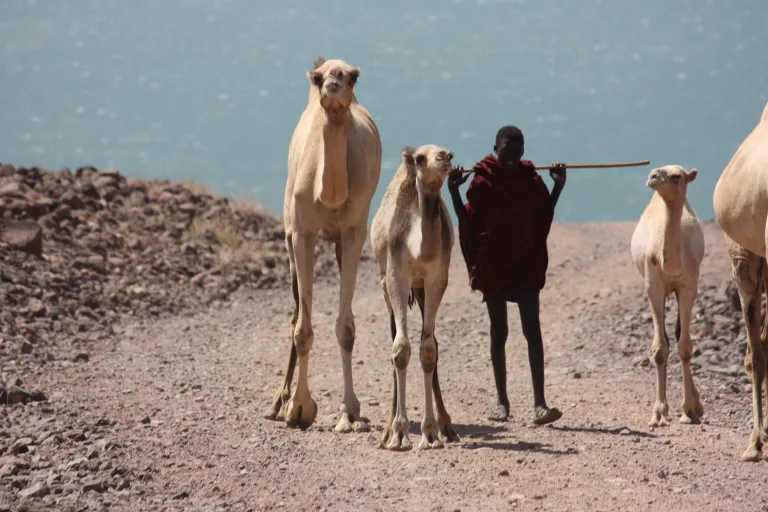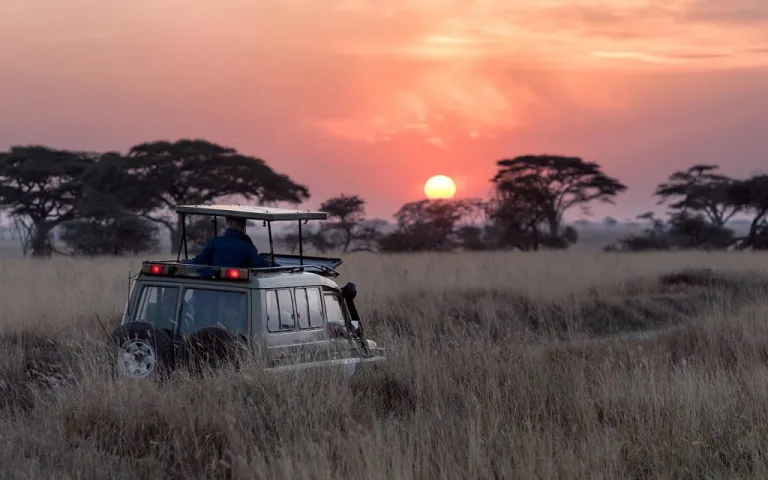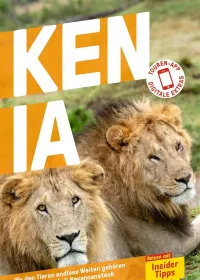- Home
- Destination
- Safaris
- Kenya
- 10 Days around Mount Kenya
- 7 Days Great Rift Bike Safari
- 7 Days Best of Birding Safari
- 7 Days Lake Turkana Safari
- 13 Days Kenya’s Historic Railway
- 14 Days Kenya’s Rift Valley Lakes
- 8 Days at the Beautiful Diani Beach
- 8 Days South Coast & Tsavo East
- 12 Days Photographic Safari
- 10 Days Beach Safari from Diani to Lamu
- 8 Days Kenya Horizon
- 12 Days Across Kenya
- 10 Days Flying Safari Amboseli and Northern Kenya
- Tanzania
- Uganda
- Rwanda
- Special Offers
- Kenya
- About us
- Sustainability
- Holiday Homes
- Gallery
- Blog
- Home
- Destination
- Safaris
- Kenya
- 10 Days around Mount Kenya
- 7 Days Great Rift Bike Safari
- 7 Days Best of Birding Safari
- 7 Days Lake Turkana Safari
- 13 Days Kenya’s Historic Railway
- 14 Days Kenya’s Rift Valley Lakes
- 8 Days at the Beautiful Diani Beach
- 8 Days South Coast & Tsavo East
- 12 Days Photographic Safari
- 10 Days Beach Safari from Diani to Lamu
- 8 Days Kenya Horizon
- 12 Days Across Kenya
- 10 Days Flying Safari Amboseli and Northern Kenya
- Tanzania
- Uganda
- Rwanda
- Special Offers
- Kenya
- About us
- Sustainability
- Holiday Homes
- Gallery
- Blog
Laikipia
HIGHLIGHT
Home to the last two remaining Northern White Rhinos, this destination offers exclusive, crowd-free safaris where visitors can encounter rare and endangered wildlife. From unique safari activities to impactful, community-led conservation efforts, it’s a truly one-of-a-kind experience for the conscious traveler.
Overview
How to get there
What to See & Do
Climate
Map
Overview
Background Information
Laikipia, meaning “treeless plain” in the Maa language, is one of Kenya’s 47 counties and a rising destination for travellers seeking authentic, off-the-beaten-path safaris. Spanning 9,500 km², this vast region forms part of the broader Ewaso ecosystem and offers one of the most diverse and ecologically significant landscapes in East Africa. Despite lying on the Equator, Laikipia’s high altitude most of it over 1,500 metres ensures a temperate climate year-round. Its dramatic scenery ranges from rocky outcrops and lava fields to rolling savannahs and river valleys fed by glaciers from Mount Kenya.
Unlike many traditional safari destinations, Laikipia is not home to government-run national parks. Instead, it is protected and managed through a network of community-owned and private conservancies. These conservancies, supported by tourism and sustainable ranching, cover more than a third of the region and play a critical role in Kenya’s conservation success. Rather than separating people and wildlife, Laikipia is a place where they coexist. Many conservancies operate as multi-use landscapes, combining wildlife protection with livestock herding, allowing local communities to benefit directly from the land.
Laikipia is home to some of Kenya’s most important and diverse wildlife populations. It hosts the country’s second-largest elephant population, with large herds roaming freely across the landscape and migrating north to Samburu during the rainy seasons. The county is also home to nearly half of Kenya’s black rhinos, with several conservancies maintaining secure sanctuaries for these critically endangered animals. Most famously, Ol Pejeta Conservancy is the last refuge of the world’s remaining two northern white rhinos, Najin and Fatu, who are vigilantly protected and the focus of a groundbreaking scientific effort to save their subspecies from extinction.
The region is also a stronghold for many other rare and iconic species, including the endangered Grévy’s zebra, reticulated giraffe, Jackson’s hartebeest, and African wild dogs. With a bit of luck, visitors might even glimpse the elusive melanistic leopard, recently confirmed to inhabit some of the conservancies. Laikipia also boasts Kenya’s only chimpanzee sanctuary at Ol Pejeta, offering a rare opportunity to see these primates, rescued from across Africa, in a safe and natural setting.
What makes Laikipia particularly special is the quality and variety of experiences it offers. Free from the restrictions found in national parks, conservancies allow guests to enjoy walking safaris, night drives, horseback or camel treks, and even mountain biking and quad biking across rugged terrain. Visitors can join researchers in the field, track lions on foot, monitor rhinos with rangers, or walk alongside troops of wild baboons as they forage and interact in their natural environment.
Accommodation options are just as diverse. From luxury eco-lodges to community-owned camps, Laikipia offers something for every traveller while maintaining a commitment to sustainability and conservation. Many lodges are set within private conservancies, allowing for exclusive access to pristine wildlife areas. Because most conservancies only allow access to overnight guests, the experience is intimate, uncrowded, and highly personalised. Only Ol Pejeta welcomes day visitors, making it the exception in an otherwise private, immersive landscape.
Laikipia’s seasons follow Kenya’s general pattern, with the short rains occurring in October and November, and the long rains from March through June. Although rainfall here is lower than in areas like the Maasai Mara, weather can affect access and animal behaviour. The drier months tend to offer the best game viewing, but the region remains rewarding throughout the year.
At the heart of the Laikipia experience is a sense of freedom, exclusivity, and purpose. Travellers are not just visitors, but participants in a living conservation model that links livelihoods with the land. Tourism directly supports schools, healthcare, rangers, wildlife monitoring, and local employment. The success of Laikipia’s conservancies is a testament to what can happen when communities are empowered to protect their own heritage.
Over 65% of Kenya’s wildlife now exists outside government parks, and Laikipia stands as a shining example of how conservation and tourism can work together. It is a place where luxury and wilderness coexist, where endangered species are given a second chance, and where every journey contributes to a greater cause. For those seeking an unforgettable, ethical, and immersive safari, Laikipia offers a rare and remarkable adventure that lingers long after the journey ends.
How to get there
By Air (Fastest & Most Convenient)
- Scheduled Flights
From Nairobi (Wilson Airport): Daily scheduled flights by airlines like Safarilink and Air Kenya, ALS – Destinations include Nanyuki, Loisaba, Lewa Downs, and Ol Pejeta (Kamok Airstrip).
- Charter Flights
Charter flights can land at private airstrips across Laikipia (e.g. Segera, Ol Jogi, or Sosian). Tip: Most lodges and conservancies offer transfers from airstrips directly to your accommodation.
By Road (Scenic & Budget-Friendly)
From Nairobi: Drive to Nanyuki (gateway town to Laikipia):
From Nanyuki, access to conservancies like Ol Pejeta, Lewa, or Borana is straightforward.
Further destinations in western and northern Laikipia (e.g., Loisaba, Ol Malo) may require a 4×4 vehicle and can add another 1–3 hours.
Self-Drive vs. Transfers
Self-Drive: Possible, especially to major conservancies like Ol Pejeta. A 4WD vehicle is recommended for off-road access.
By Train (Optional Combo)
You can take the Madaraka Express SGR train from Nairobi to Nanyuki via Nairobi-Terminus to Sagana (plus a road transfer).
What to See & Do
Laikipia is one of Kenya’s richest and most diverse wildlife regions. It offers not only classic safari sightings but also rare and endangered species you won’t easily find elsewhere. Here’s a guide to the wildlife you can see in Laikipia:
Iconic & Common Safari Species
Elephants – Laikipia holds Kenya’s second-largest elephant population. Herds roam freely across conservancies.
Lions – Commonly seen and monitored by local conservation teams.
Leopards – Regular sightings, including melanistic (black) leopards, which are extremely rare.
Buffaloes – Widespread and often seen in large herds.
Giraffes – Especially the reticulated giraffe, endemic to northern Kenya.
Zebras – Both plains zebras and the endangered Grévy’s zebra.
Rhinos
Black Rhinos – Nearly half of Kenya’s population lives in Laikipia’s protected sanctuaries.
White Rhinos – Ol Pejeta hosts both southern white rhinos and the last two northern white rhinos on Earth.
Rare & Elusive Species
African Wild Dogs (Painted Wolves) – Laikipia is one of the best places in Kenya to see them.
Cheetahs – Occasionally spotted in open savannah areas.
Hyenas – Spotted and striped hyenas are both present.
Gerenuk – The long-necked antelope often seen browsing upright.
Beisa Oryx – Recognizable by their long, spear-like horns.
Other Notable Mammals
Jackson’s Hartebeest – A rare hybrid antelope unique to the region.
Elands, Impalas, Waterbucks, Dik-diks – Common across the conservancies.
Baboons & Vervet Monkeys – Frequently seen in forested areas and along riverbanks.
Birdlife
Over 400 bird species call Laikipia home, including:
Secretary birds
Vultures and eagles
Ostriches
Hornbills
Bee-eaters and sunbirds
Climate
Laikipia enjoys a mild, temperate climate year-round, thanks to its high elevation—mostly above 1,500 meters—despite being located directly on the Equator. Here’s what to expect:
General Climate Overview
Temperature
Daytime: 20–28°C (68–82°F)
Nighttime: Can drop to 10°C (50°F) or lower, especially during June–August
Regional Variation: Cooler in the south, warmer and drier in the north
Humidity: Generally low and comfortable
Altitude Effects: Elevation helps moderate temperatures and reduces malaria risk
Rainy Seasons
Short Rains:
Occur from October to November
Typically brief afternoon or evening showers
Long Rains:
Occur from March to June
Heavier and more sustained, especially in April and May
Note: During rainy seasons, some roads may become muddy and certain remote-area activities may be limited.
Dry Seasons (Best for Safaris)
January to March and July to September
Characterized by clear skies, dry roads, and excellent wildlife viewing as animals gather around water sources
Map
Example Trips
Book Your Safari
Browse our example trips and get in contact to start planning your very own adventure.
Our Stories
© 2025 Copyright Adventure Expeditions
